Berlin – Deutsches Technikmuseum Berlin – Berliner Maschinenbau DR-Baureihe 01.10

The Deutsche Reichsbahn-Gesellschaft’s BR 01 steam locomotives were the first standardised (Einheitsdampflokomotive) steam express passenger locomotives built by the unified German railway system. They were of 4-6-2 "Pacific" wheel arrangement in the Whyte notation, or 2′C1′ h2 in the UIC classification. The idea of standardisation was that it would reduce maintenance costs; i.e. if a BR 01 whose engine shop was in, say, Berlin broke down in Dresden, instead of having to ship the necessary part from Berlin and take the locomotive out of service, a part from the Dresden shop could be used as all of the engines, parts, and workings were exactly the same and produced nationwide. Thus it was a "standard" product for engine shops.
The firms of AEG and Borsig, who were the main manufacturers of these engines, together with Henschel, Hohenzollern, Krupp and BMAG previously Schwartzkopff, delivered a total of 231 examples of this Einheitsdampflokomotive between 1926 and 1938 for the fast passenger services of the Deutsche Reichsbahn.
To begin with, 10 locomotives of this class were built with two-cylinder engines for comparison purposes alongside a similar batch of 10 engines of their sister Class 02, which had four-cylinder compounding. Extensive measurement and trial runs were conducted, but after lengthy discussions the controversial decision finally fell in favour of the two-cylinder configuration, which was simpler to maintain but less powerful and less economical than the four-cylinder compounds.
The first Class 01 locomotive that went into service was not 01 001, but 01 008, which is preserved today in the Bochum-Dahlhausen Railway Museum. The mass production of Class 01s was somewhat delayed at first because in the 1920s there were neither enough routes with the necessary axle load of 20 tons nor sufficiently large turntables. Not until the beginning of the 1930s did the Class 01 become the predominant express train locomotive of the Deutsche Reichsbahn. By 1938 there were 231 Class 01 locomotives available for the prestigious express train duties. Another 10 four-cylinder Class 02 locomotives (01 111, 01 233–241) were converted to two-cylinder Class 01 models between 1937 to 1942. To accommodate for the many routes with axle load restrictions too low for Class 01 service, in the early 1930s, a third variant was created: the Class 03 designed with a two-cylinder engine and axle load of 18 ton, of which no less than 298 were built. Launched in 1939, the three-cylinder DRG Class 01.10 was a further development of the 01.
A total of five series or batches were delivered, each with minor variations: 01 001–010 (1926), 01 112–076 (1927–28), 01 077–101 (1930–31), 01 102–190 (1934–1936), 01 191–232 (1937–1938).
Even in the 1930s the employment of Class 01s was limited to the relatively few routes that had already been modified to take a 20 ton axle load. From Berlin outwards they were the Anhalt, Lehrte and Hamburg lines. The Berlin City Railway had first to be strengthened by reinforcing the viaduct arches. Up to 1930, the first 90 engines were stationed at the locomotive depots of Essen, Nuremberg, Erfurt P, Berlin Ahb, Hamm, Magdeburg Hbf, Kassel, Hanover, Hamburg Altona, Bebra and Offenburg. From 1931 they were also stabled at Frankfurt (M) 1, Berlin Leb, Braunschweig, Berlin Pog, Schneidemühl, Königsberg, Göttingen P, Paderborn, Dresden Alt, Breslau, Cologne Deutzerfeld, Hof and Halle P.
Originally, the Class 01’s top speed was restricted to 120 km/h. In order to raise this to 130 km/h, the diameter of the leading wheels was changed from its original 850 mm to 1,000 mm on locomotives from operating number 01 102 onwards and brake effort was increased by installing double-sided working of the brake shoes on the coupled wheels and by braking the trailing wheels. The air and feed pumps were located in smokebox recesses behind the large Wagner smoke deflectors, which had been fitted from 01 077 onwards. (Earlier models were also refitted with Wagner type deflectors later). This made access to the pumps for maintenance purposes more difficult and later Einheitsloks had their pumps located in the middle of the vehicle on delivery. The Deutsche Bundesbahn converted their engines to the smaller Witte smoke deflectors and moved the pumps to the running board in the centre of the vehicle. The Deutsche Reichsbahn in East Germany shied away from such major changes to the load distribution, so that only minor modifications in appearance can be seen even in their last years.
From the third series (01 077 et seq.) the boilers were delivered with longer smoke tubes and thus a shorter firebox. All engines originally had a central lock for the smokebox door. The first locomotives had gas lighting on delivery; from 01 010 they had electrical lighting and the last few batches were given a third headlight.
The Class 01s were equipped with 2’2 T 30, 2’2′ T 32 or 2’2′ T 34 tenders. Their coal capacity was 10 tons of stone coal, and the water tank held either 30, 32 or 34 cubic metres of water. The prototype locomotives, 01 001 to 01 010, were supplied with the smaller 2’2 T 30 tenders, because there were not enough large turntables around. Later these tenders were only used if they were absolutely necessary, e.g. in cross-border services with the Netherlands. From the second series (01 012 et seq.) on, the Class 01 was furnished with rivetted 2’2′ T 32 tenders. The welded tenders, class 2’2′ T 34, appeared only by way of exchange (mainly from brand new Class 44) locomotives. Thereafter they were almost the only ones used during the war years and after the Second World War, because they had a larger water capacity.
Class 01 locomotives remained in service with the Deutsche Bundesbahn until 1973. In the DR, they were still working up to the early 1980s, largely in their original state with large smoke deflectors. They were legendary in their last years for hauling the D-Zug services on the Berlin-Dresden route up to autumn 1977. Only when the large Soviet DR Class 132 diesel locomotives arrived, the Class 01 express train locomotives were finally forced out of scheduled services in the GDR after almost 50 years.
Foto veröffentlicht auf Flickr von by Daniel Mennerich am 2014-06-01 22:01:53
Getagged: , canon , dslr , eos , hdr , hdri , Spiegelreflexkamera , SLR , historic , geschichte , travel , Rejse , Viaje , Voyage , Viaggio , Reis , Путешествие , Podróż , 여행 , מסע , यात्रा , 旅行 , reisen , reise , μουσεῖον , Musée , Museo , Muzeum , متحف , ܒ , ܥܬܩܐ জাদুঘর Музей Μουσείο 博物館 Museo 한국어 Muzeum हिन्द , museum , מוזיאון , , জাদুঘর , музейμουσείο , 博物館 , 한국어 , हिन्द

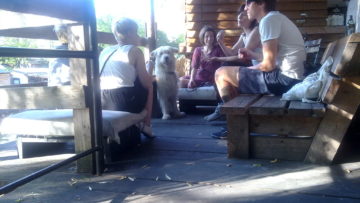
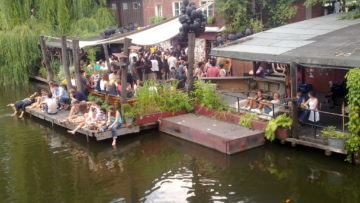
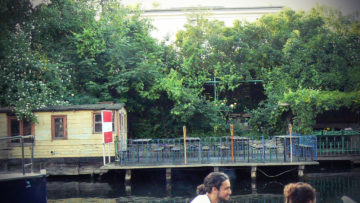
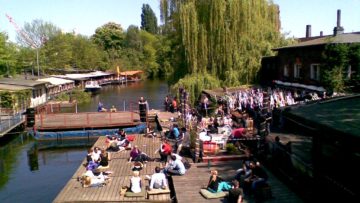
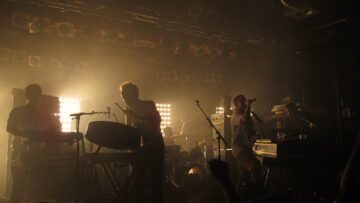
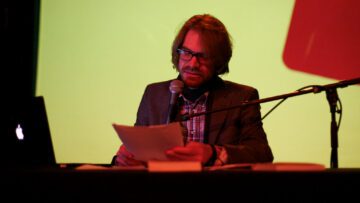
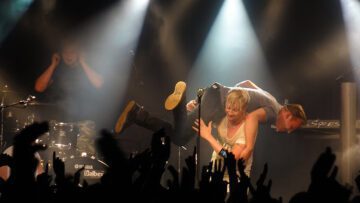

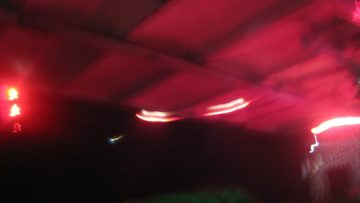

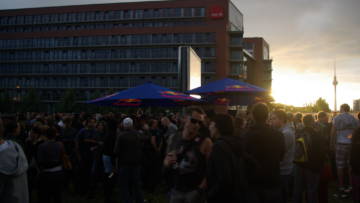
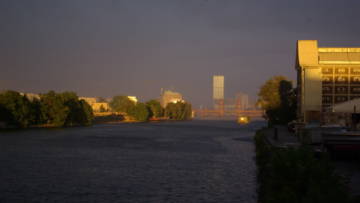


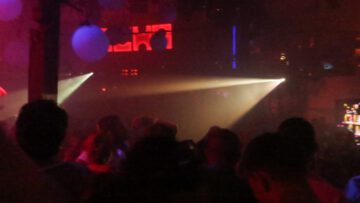


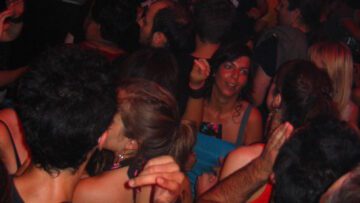

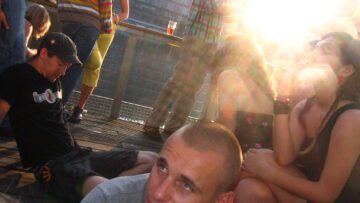
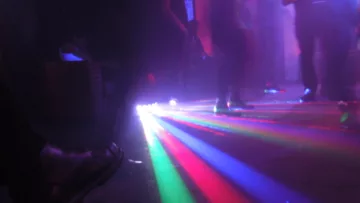
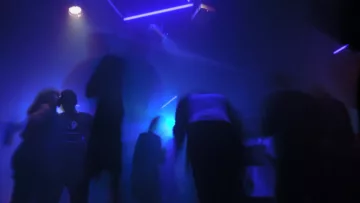

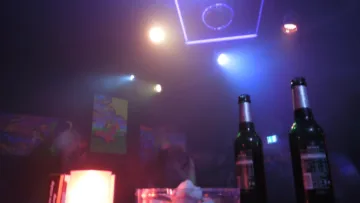



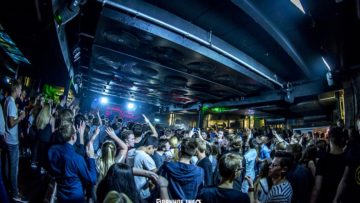
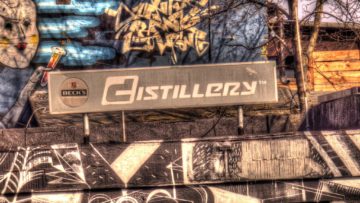
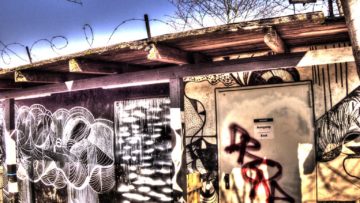
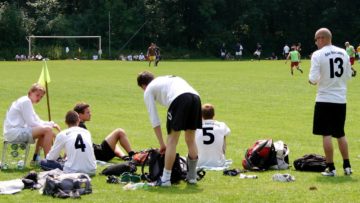
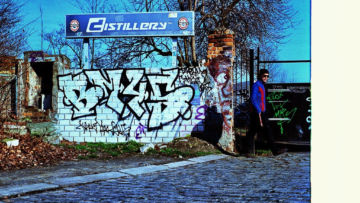





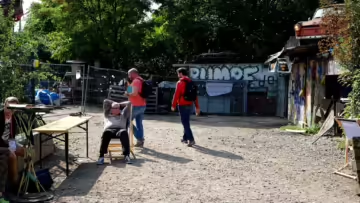
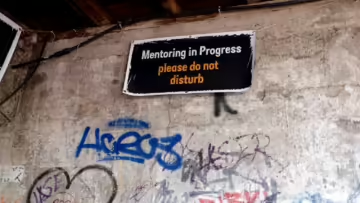
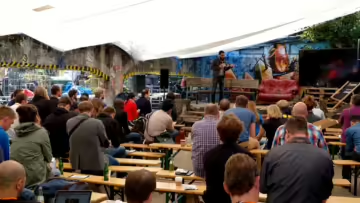

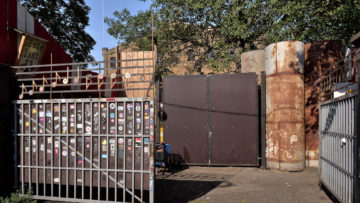
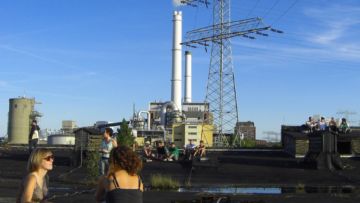
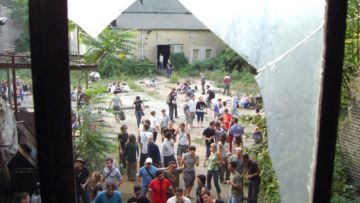






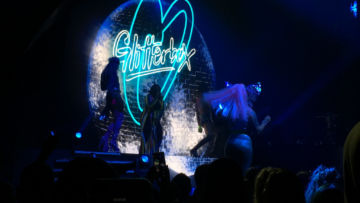
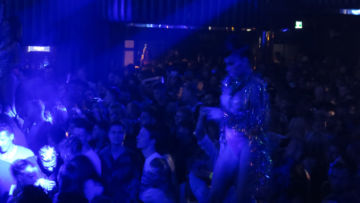


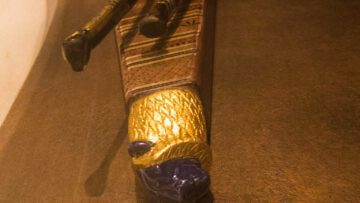

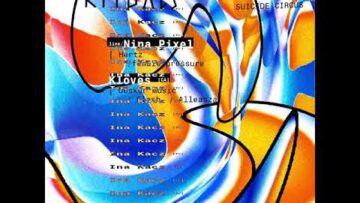
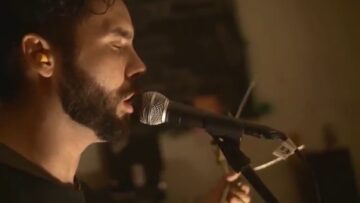
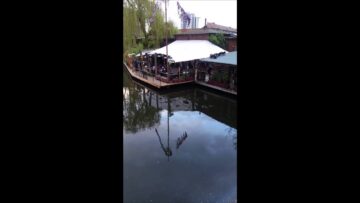



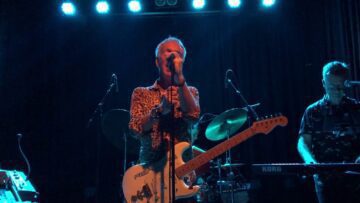




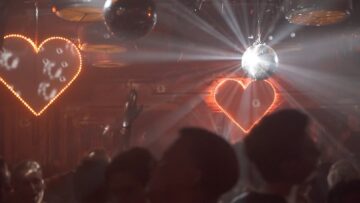

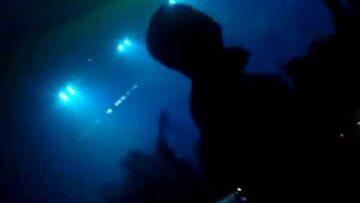
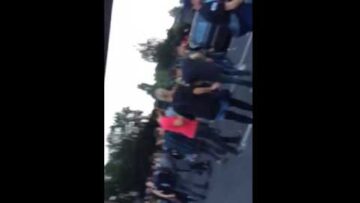





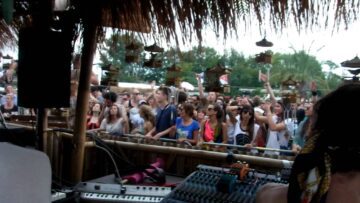




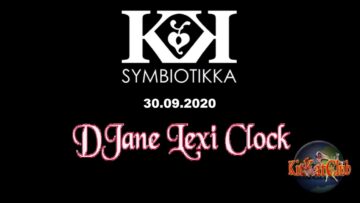
















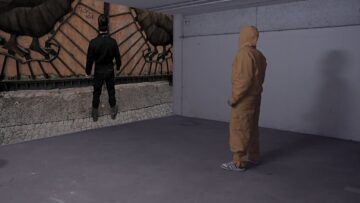
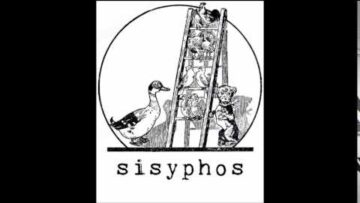
![DJ Rush @ Centrum Erfurt – 07.11.09 [2]](https://techno-tv.net/wp-content/uploads/2025/06/DJ-Rush-@-Centrum-Erfurt-071109-2-360x203.jpg)

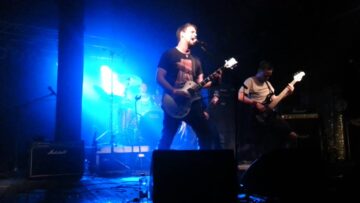
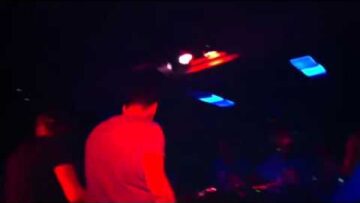










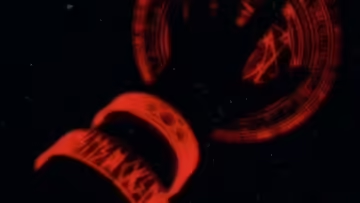
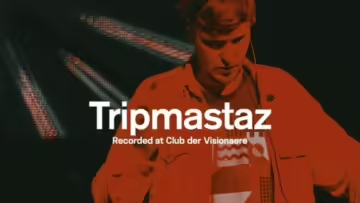
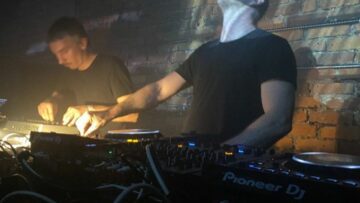

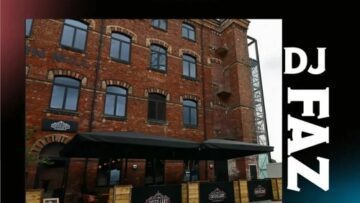




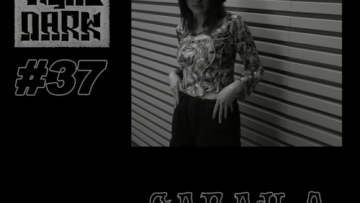










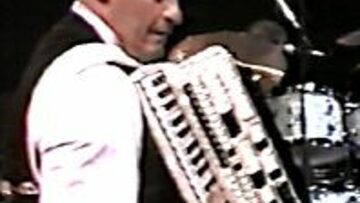

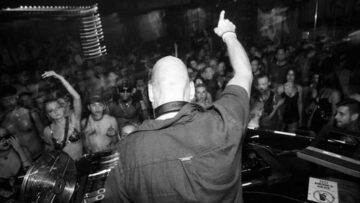
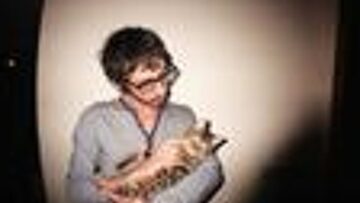














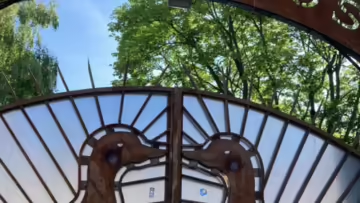






![Eric Prydz presents [CELL] – Live from Hï Ibiza](https://techno-tv.net/wp-content/smush-avif/2025/01/Eric-Prydz-presents-CELL-Live-from-Hi-Ibiza-360x203.jpg.avif)










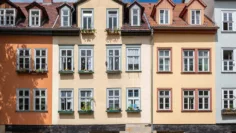
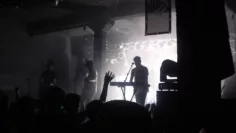
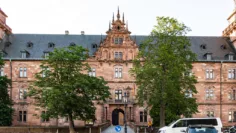

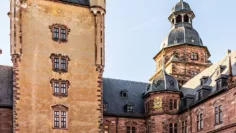
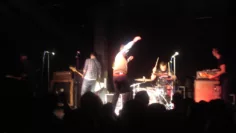
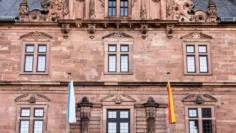
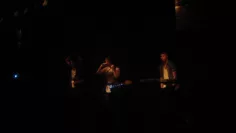
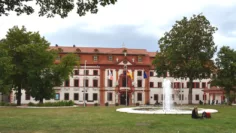
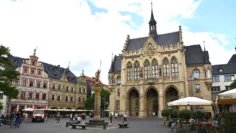

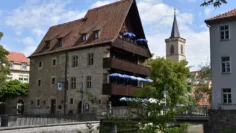
 Deutsch
Deutsch Français
Français Italiano
Italiano Español
Español Русский
Русский 简体中文
简体中文 English
English